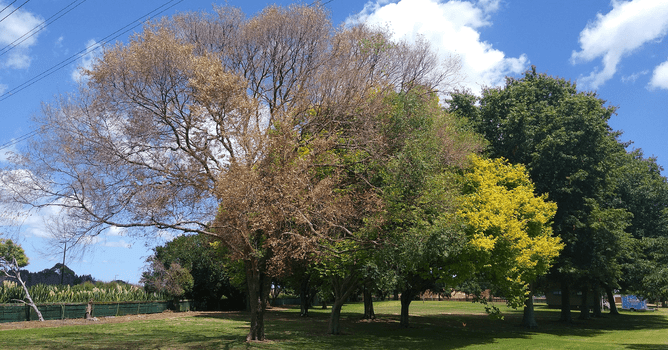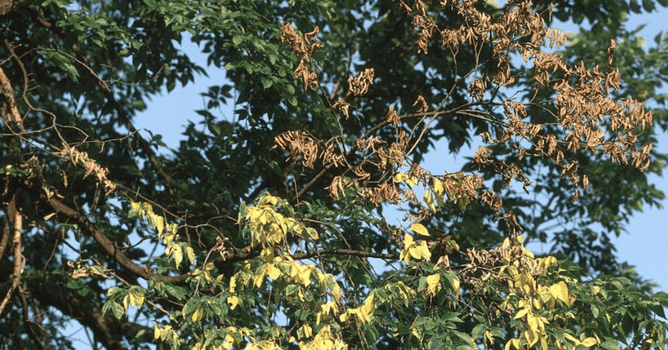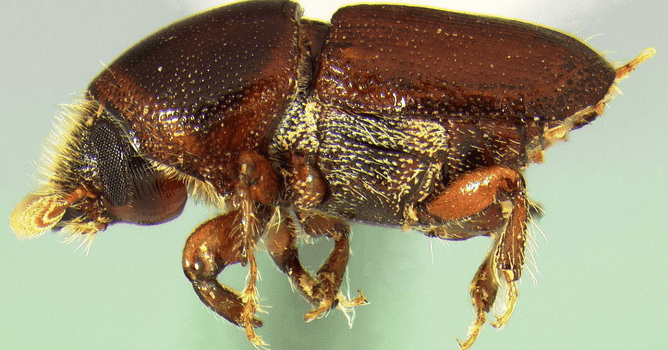We are facing a new and urgent challenge here in the Waikato - The arrival of Dutch Elm Disease (DED).
This devastating disease threatens the rich population of Elm trees in the Waikato, posing a significant risk to their health and vitality.
Here at Marc Doyle Treework, we are committed to raising awareness, fostering rapid identification, and executing effective measures to combat this threat - and we need your help.
Understanding Dutch Elm Disease
Dutch Elm Disease is caused by two species of fungus, Ophiostoma ulmi and O. novo-ulmi, making it one of the most destructive tree diseases globally.
The disease spreads primarily through tiny elm bark beetles, contaminated pruning tools, and movement of infected wood.
Once infected, an elm tree can succumb to the disease in as little as three weeks, which devastates entire populations if left unchecked.
Symptoms and Detection
Early symptoms of DED include wilting, yellowing, and curling leaves, commonly referred to as "flags”, which indicate the disease’s presence within the tree.
Another characteristic is brown to black streaking under the outer bark, however this would need to be confirmed by a trained professional.
Affected Species and Spread
Most Ulmus species from Europe and North America are highly susceptible to DED, while some Asian elms exhibit greater resistance.
The European elm bark beetle is the key culprit for spreading the disease, transmitting fungal spores as it tunnels into healthy trees.
Root grafts between closely planted elms also spread the fungus, posing a significant risk to entire avenues of trees.
Management Strategies
With there being no known cure of DED, effective management hinges on rapid identification and removal of infected trees.
Upon detection, infected trees must be promptly felled and disposed of in a manner that prevents further spread of the disease. Physically destroying root grafts between adjacent trees also helps to stop the spread.
How Can You Help?
The public plays an important role in stopping the spread of DED.
Refrain from transporting or using elm firewood.
Plant alternative species or DED-resistant species of elm
If planting elm - make sure they are at least 20m apart
And most importantly, if you suspect a case of Dutch Elm Disease, get in contact either with us at Marc Doyle Treework or the Ministry for Primary Industries (MPI) on 0800 80 99 66.


